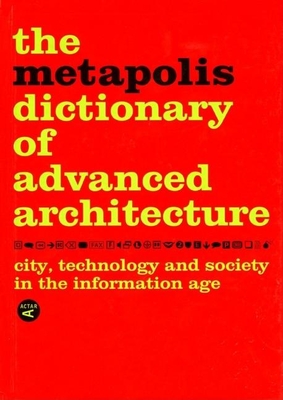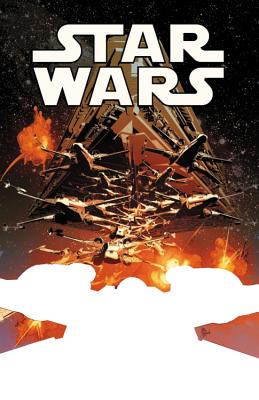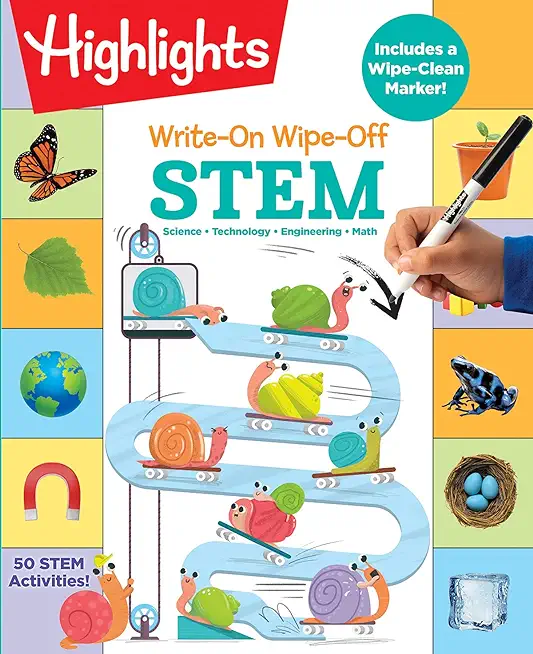
Erdmann, Brett
product information
description
tice based on Robert J. Marzano's instructional framework, the New Art and Science of Teaching. Readers will learn 10 design areas within the categories of feedback, content, and context; examine proven instructional elements embedded in the framework; and gain strategies for improving teacher effectiveness and collaboration in the science classroom. Driven by data, this book positions teachers to nurture student success.
Teacher leaders can unite their teams to:
Contents:
Introduction
Part I: Feedback
Chapter 1: Providing and Communicating Clear Learning Goals
Chapter 2: Using Assessments
Part II: Content
Chapter 3: Conducting Direct Instruction Lessons
Chapter 4: Conducting Practicing and Deepening Lessons
Chapter 5: Conducting Knowledge Application Lessons
Chapter 6: Using Strategies That Appear in All Types of Lessons
Part III: Context
Chapter 7: Using Engagement Strategies
Chapter 8: Implementing Rules and Procedures and Building Relationships
Chapter 9: Developing Expertise
Afterword
Appendix A: The New Art and Science of Teaching Framework Overview
Appendix B: List of Figures and Tables
References and Resources
Index
Teacher leaders can unite their teams to:
- Understand the New Art and Science of Teaching model as it applies to science instruction
- Learn to engage and motivate students through a wide variety of instructional strategies
- Better utilize formal and informal assessments
- Improve the organization and layout of the classroom to facilitate student growth
- Understand how to implement the various guiding questions for curriculum design to best plan classroom strategies
Contents:
Introduction
Part I: Feedback
Chapter 1: Providing and Communicating Clear Learning Goals
Chapter 2: Using Assessments
Part II: Content
Chapter 3: Conducting Direct Instruction Lessons
Chapter 4: Conducting Practicing and Deepening Lessons
Chapter 5: Conducting Knowledge Application Lessons
Chapter 6: Using Strategies That Appear in All Types of Lessons
Part III: Context
Chapter 7: Using Engagement Strategies
Chapter 8: Implementing Rules and Procedures and Building Relationships
Chapter 9: Developing Expertise
Afterword
Appendix A: The New Art and Science of Teaching Framework Overview
Appendix B: List of Figures and Tables
References and Resources
Index
member goods
No member items were found under this heading.
listens & views

LEO WEINER ALBUM: PASTORALE PHANTASIE ...
by WEINER / SEBOK / STARKER / VARGA / SZALAI / HAMAR
COMPACT DISCout of stock
$17.75
Return Policy
All sales are final
Shipping
No special shipping considerations available.
Shipping fees determined at checkout.






